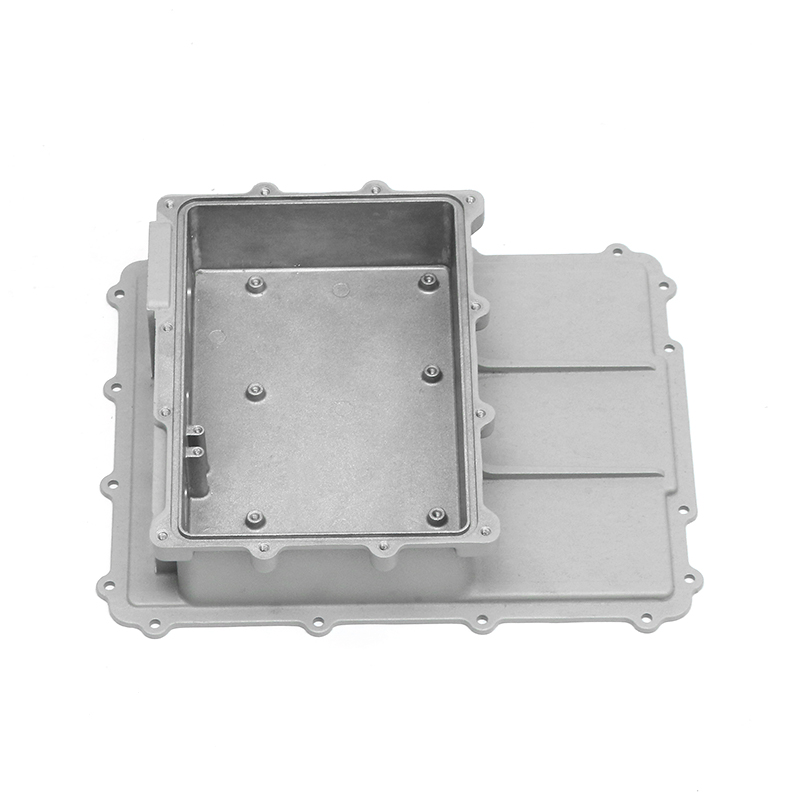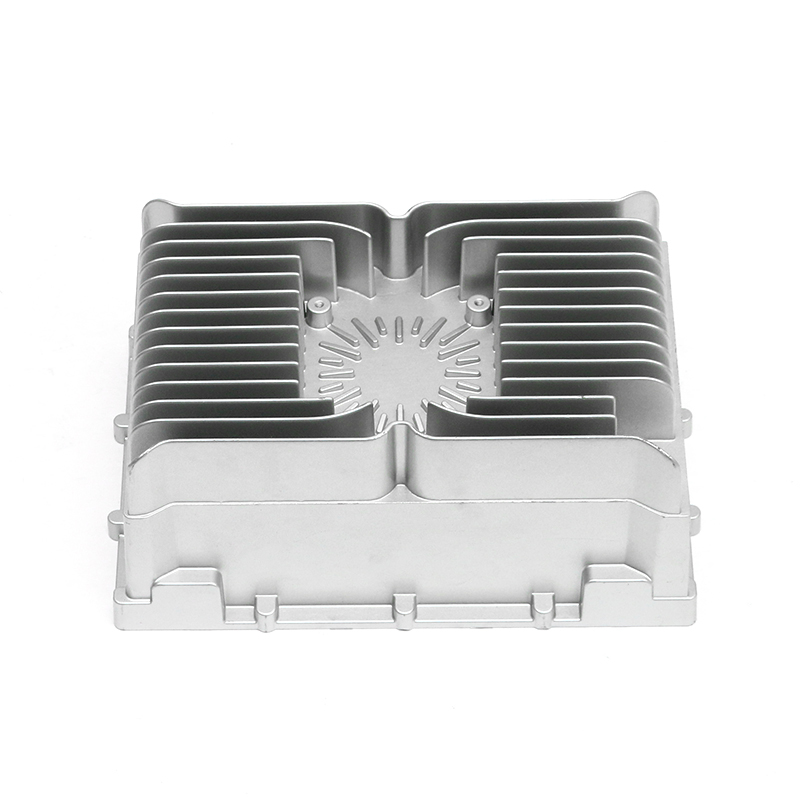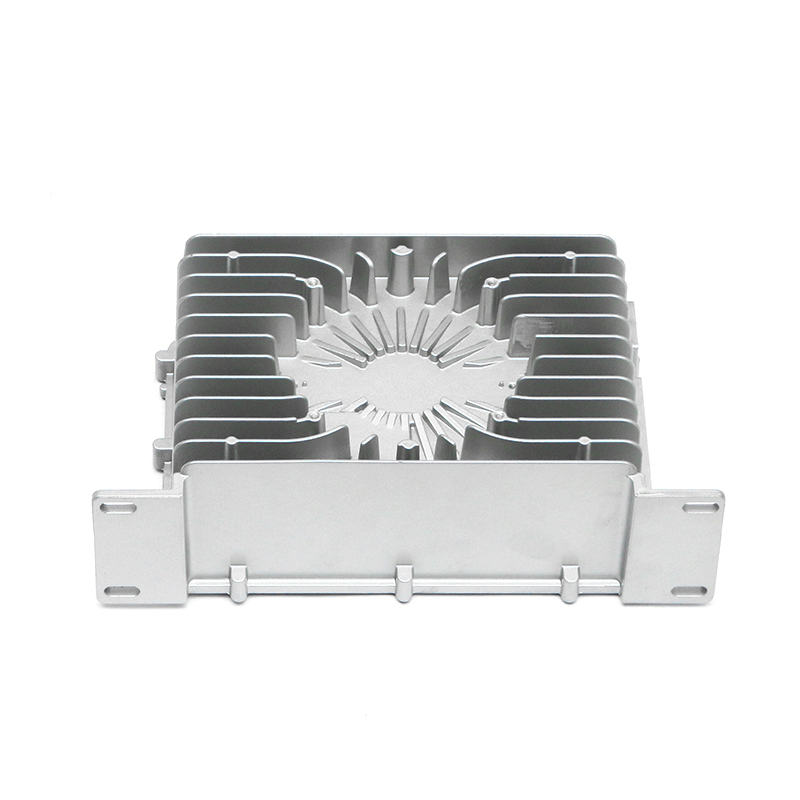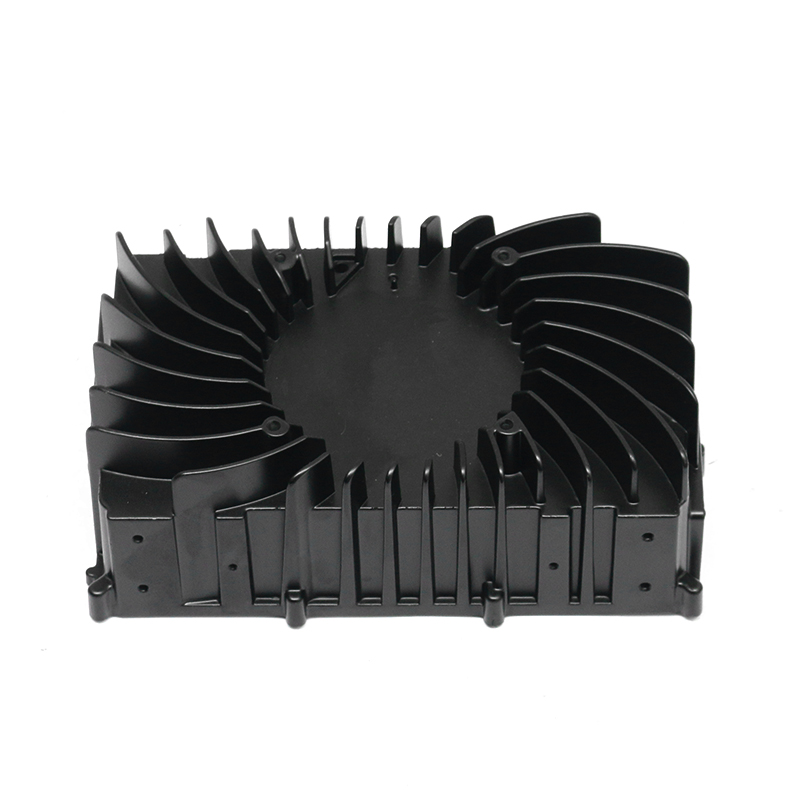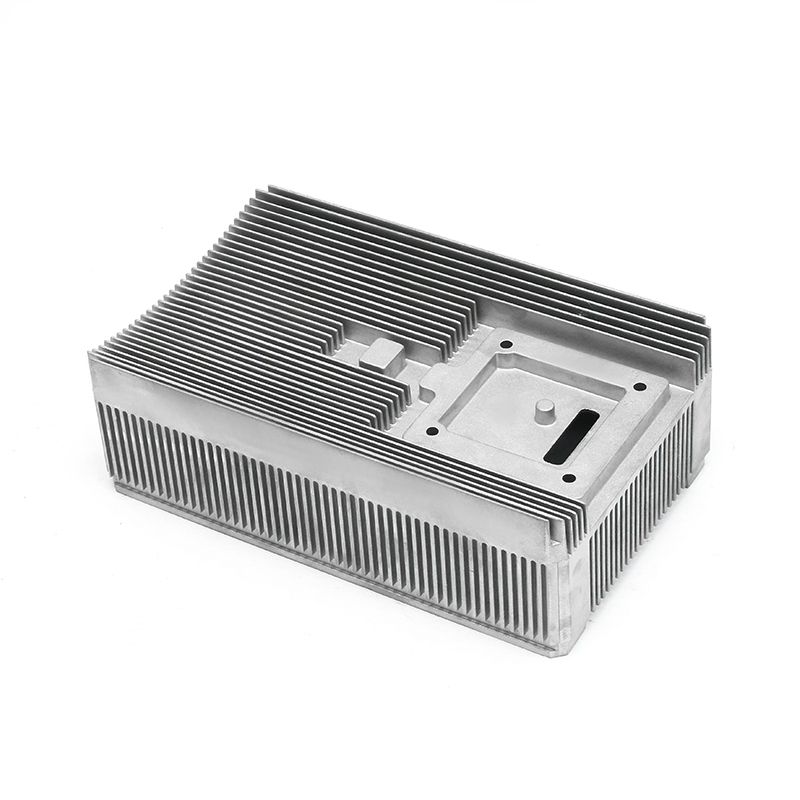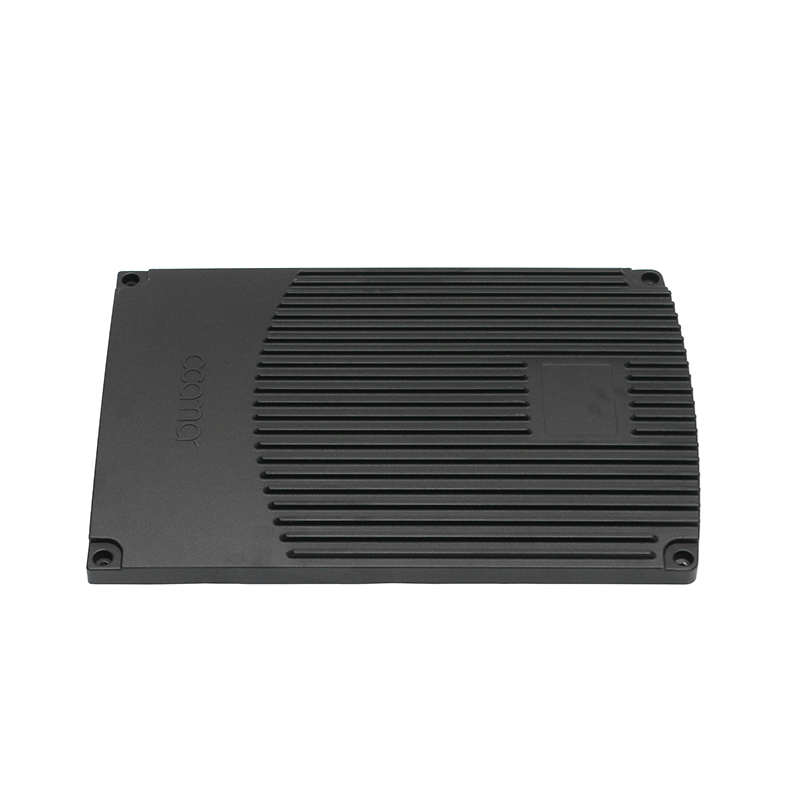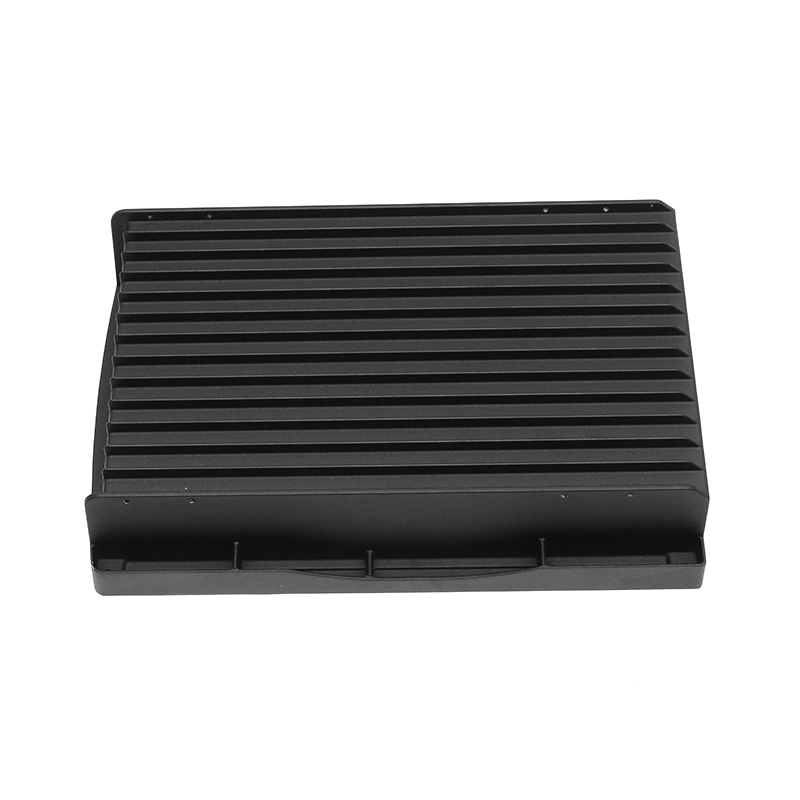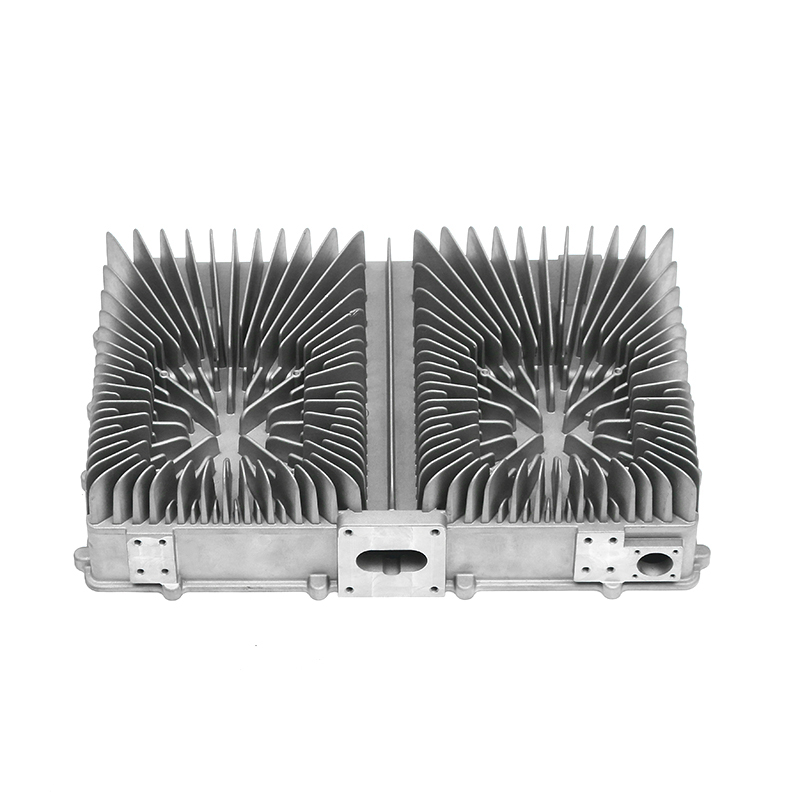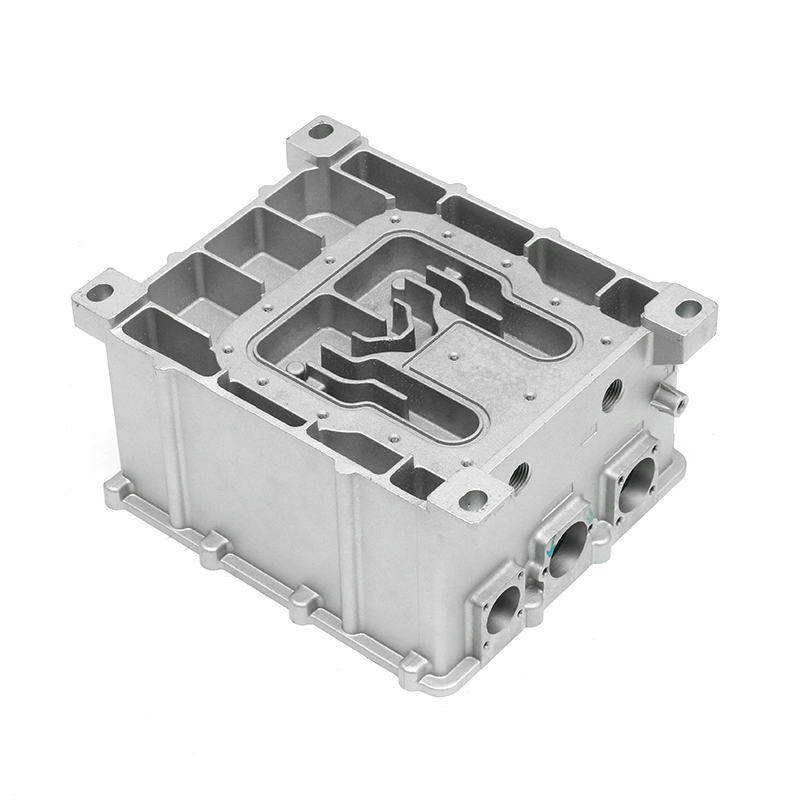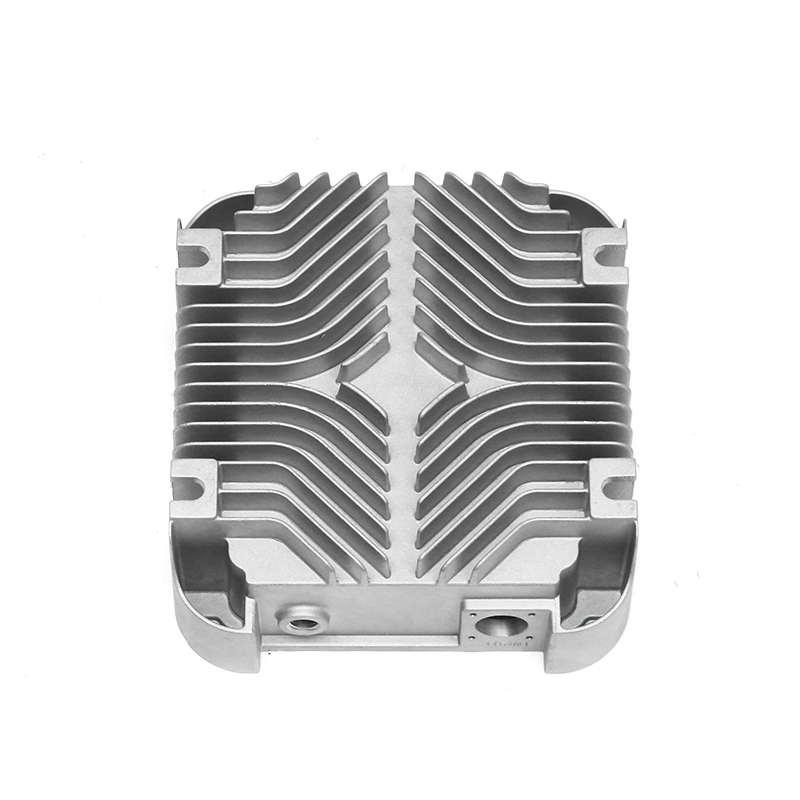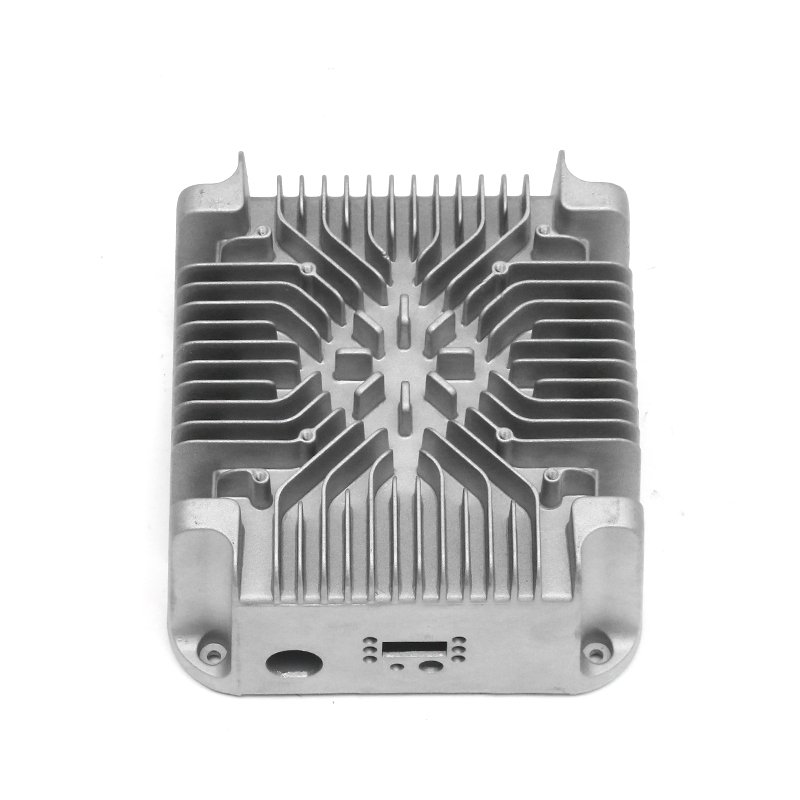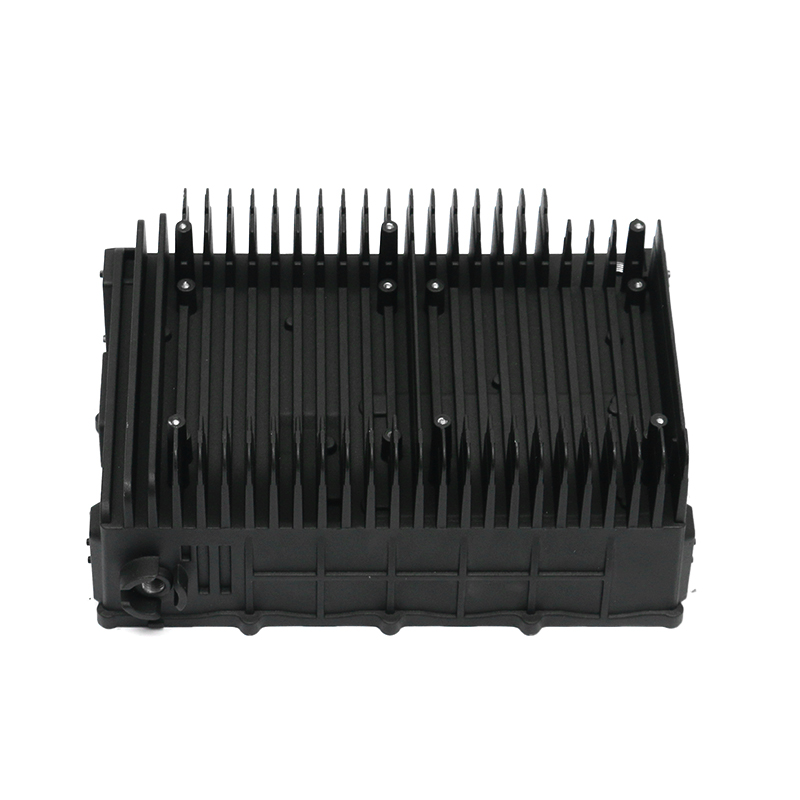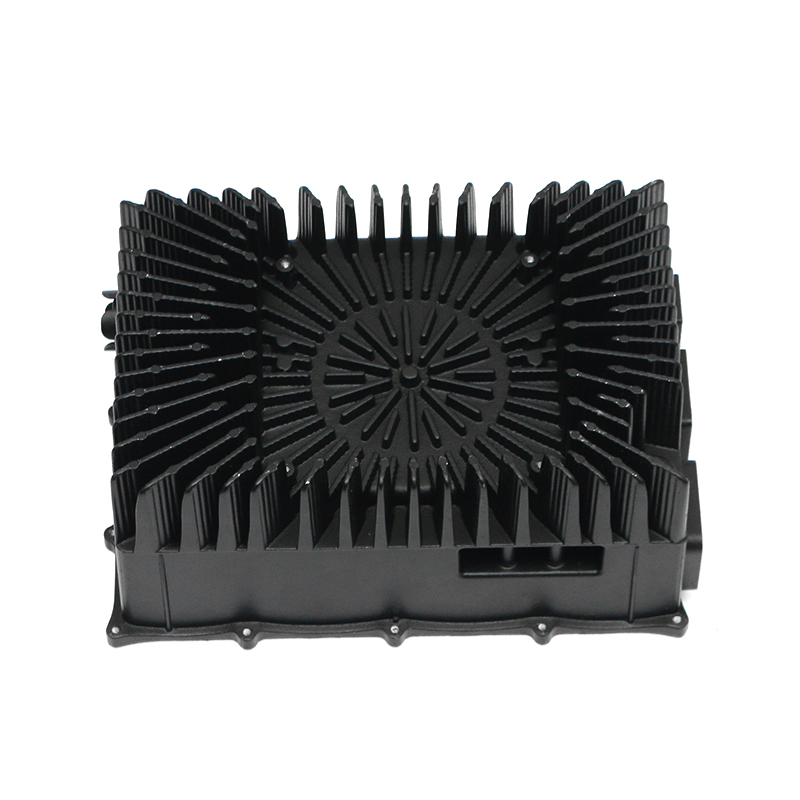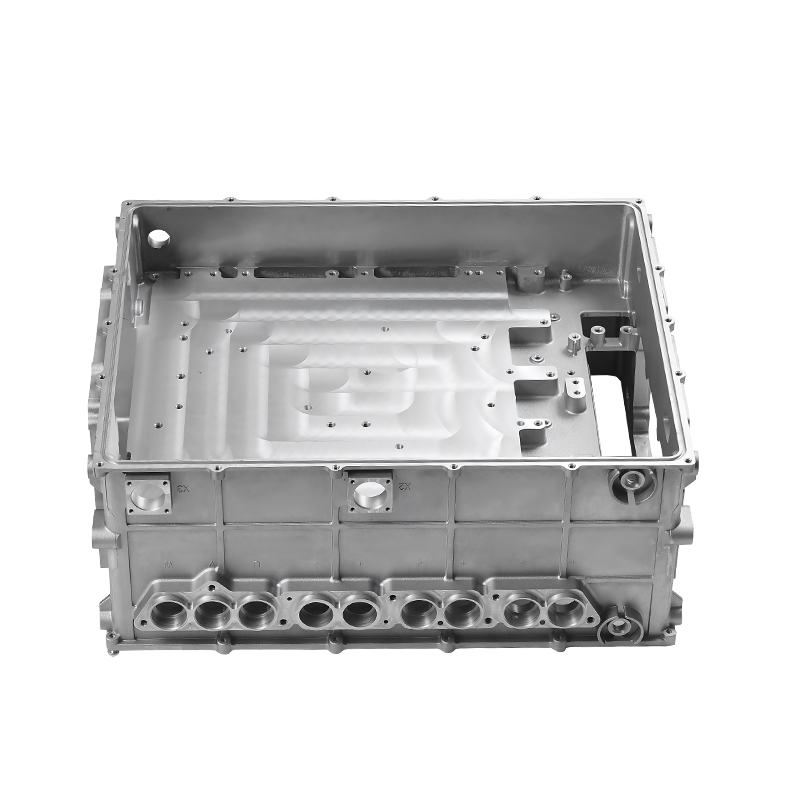Damaged water pump impeller
The water pump impeller is an important component inside the water pump, responsible for driving the flow of coolant. If the impeller is damaged or worn, it may cause poor coolant flow or even the water pump to fail to work properly. Common causes of impeller damage include impurities in the coolant, long-term high-temperature operation, and material aging. When the impeller is damaged, the efficiency of the water pump will decrease, and the engine may overheat due to poor heat dissipation. Therefore, regular inspection of the impeller status is essential to ensure the normal operation of the water pump.
Aging of water pump seals
The function of the water pump seal is to prevent coolant leakage and ensure that the coolant can circulate in the system. When the seal is aged or damaged, the coolant may leak out from around the water pump, causing the water pump to fail to work properly. The reasons for seal aging are usually related to factors such as the quality of the materials used, temperature changes in the working environment, and years of use. The damage of the seal not only affects the efficiency of the cooling system, but may also cause excessive consumption of coolant. Therefore, regular replacement of the water pump seal is a necessary measure to ensure its normal operation.
Wear of water pump bearings
The water pump bearing supports the rotating shaft of the water pump and is one of the key components for the operation of the water pump. When the bearings are worn, the water pump will not rotate smoothly, which may cause abnormal noise or reduce the efficiency of the water pump. The causes of bearing wear are usually related to long-term operation of the water pump, high temperature environment or the presence of impurities in the coolant. If the bearings are severely worn, it may cause damage to the internal components of the water pump or even complete failure. Regularly checking the running sound of the water pump and checking the cleanliness of the coolant can help detect bearing wear problems early.
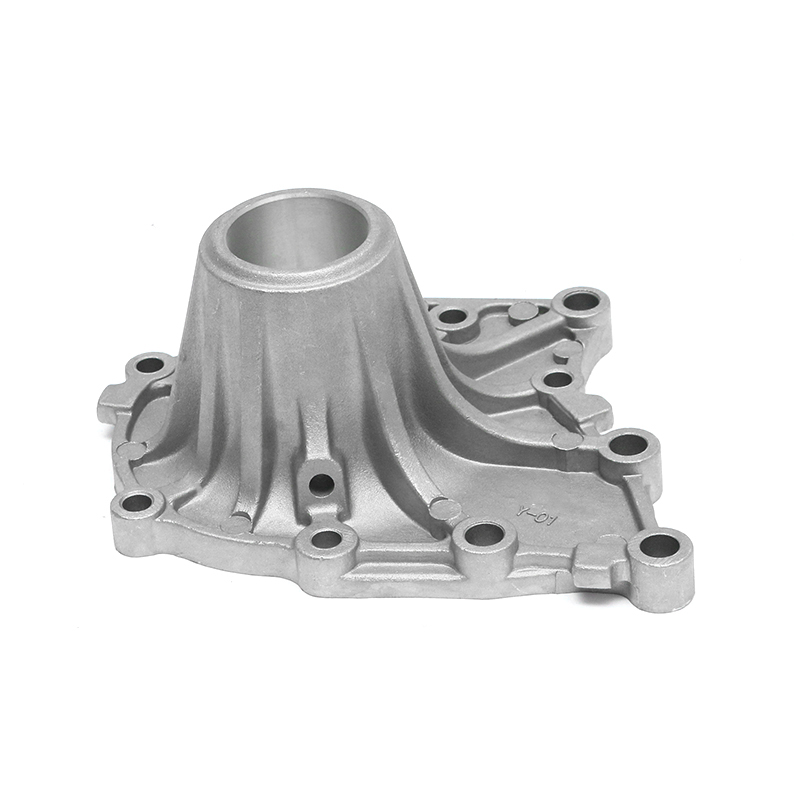
Loose or damaged water pump belt
The water pump is usually driven by the engine and driven by a belt. If the belt is loose, worn or broken, the water pump will not work properly, resulting in the coolant not being able to circulate properly. Causes of belt damage include excessive belt wear, improper installation or long-term non-replacement. Loose belts can cause the water pump to rotate insufficiently, which in turn affects its working efficiency. If the belt is damaged, it must be replaced immediately to ensure that the water pump works properly.
Damaged or corroded water pump body
The water pump body is the main housing of the water pump, which is responsible for containing and supporting the internal components. If the pump body is damaged or corroded, it may cause the water pump's sealing to fail, coolant to leak, or the water pump to fail to operate properly. The cause of pump damage is usually related to external factors, such as environmental humidity, erosion by acidic substances, or impurities in the coolant. Especially under high temperature and harsh working conditions, the pump body may crack, corrode, etc. Regularly checking the status of the water pump body and promptly detecting damage or corrosion problems is essential to extend the service life of the water pump.
Impurity accumulation inside the water pump
Impurity accumulation inside the water pump is a common cause of water pump failure. If impurities such as dust, metal particles and scale in the coolant enter the water pump, it will cause wear of components such as the water pump impeller, bearings and seals, thereby affecting the normal operation of the water pump. Impurity accumulation may occur when the coolant has not been replaced for a long time or there is a leak in the cooling system. To avoid this problem, car owners should replace the coolant regularly and keep the cooling system clean to prevent impurities from entering the water pump.
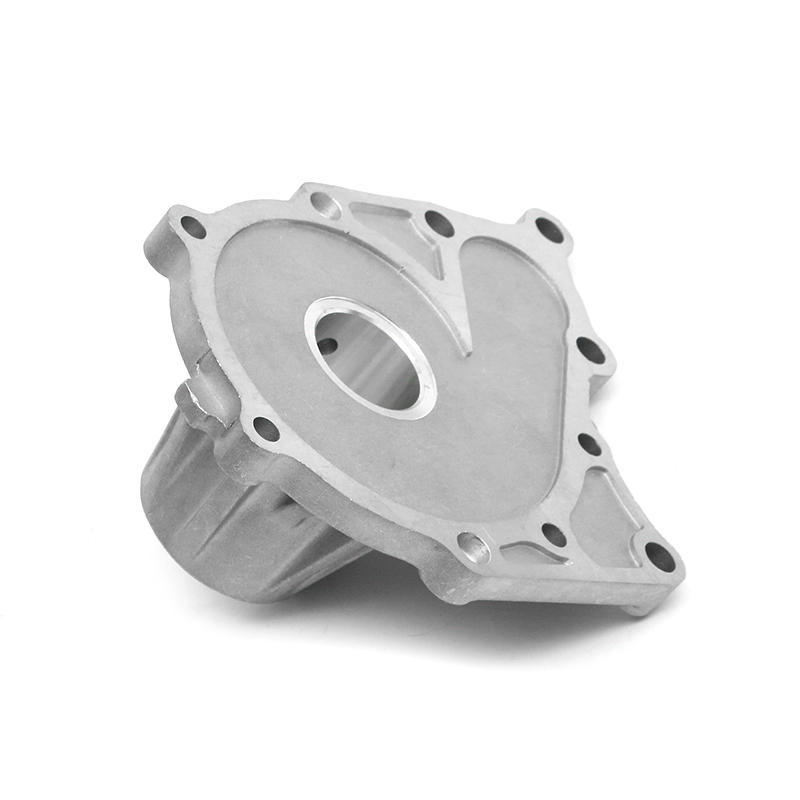
Water pump overheating
Overheating of the water pump is usually caused by improper operation of the cooling system or failure of the water pump itself. When the water pump cannot circulate the coolant effectively, the internal temperature of the water pump is too high, which may cause damage to the water pump. The reasons for water pump overheating may be insufficient coolant, too high coolant temperature, poor coolant flow, etc. If the water pump overheats and continues to work, it may cause deformation or burning of internal parts. Therefore, maintaining the normal operation of the cooling system, ensuring sufficient coolant, and regularly checking the working status of the water pump are effective ways to prevent water pump overheating.
Improper installation
If there is a problem with the water pump during installation, it may also cause its failure. For example, the incorrect installation position of the water pump, the fasteners are not fully fixed, or the connection between the water pump and other components is not firm, which may affect the normal operation of the water pump. Improper installation will cause the water pump to run unsteadily, which in turn affects the flow of coolant. To avoid such problems, car owners should ensure that the water pump is installed in accordance with the installation guide provided by the manufacturer, ensure that the various components are firmly connected, and avoid problems during installation.
Water pump design defects
Although the design and manufacturing technology of modern car water pumps is very mature, some models of water pumps may still have design defects, which may cause the water pump to fail under certain special conditions. Common manifestations of water pump design defects include low efficiency when the water pump is working, short service life, or potential failure hazards. For some special models of water pumps, car owners can check the vehicle recall information or consult professional maintenance personnel to find out whether there are design defects.
Common causes of car water pump failure
| Fault Cause | Description |
|---|---|
| Damaged Impeller | Impeller damage is usually caused by impurities in the coolant, prolonged high-temperature operation, or material aging, which may lead to poor coolant flow. |
| Aging Seal | Aging seals can cause coolant leakage, affecting the water pump's efficiency. Aging is typically related to the service life, material quality, and temperature changes. |
| Worn Bearings | Bearing wear can cause the pump to operate unevenly, producing abnormal noises and affecting efficiency. Wear is often caused by prolonged use or impurities in the coolant. |
| Loose or Damaged Belt | A loose or broken pump belt will prevent the water pump from operating correctly, causing coolant circulation issues. This can be caused by belt wear, incorrect installation, or failure to replace the belt. |
| Damaged or Corroded Pump Housing | Damage or corrosion of the pump housing may lead to coolant leakage. Pump housing damage is often caused by external factors, coolant quality, or system leaks. |
| Accumulation of Impurities in the Pump | Impurities accumulating in the pump can cause wear on the impeller, bearings, and seals, affecting its operation. Impurities often result from unclean coolant or leaks in the system. |
| Overheating of the Pump | Overheating is usually caused by insufficient coolant, high temperatures, or malfunctioning of the water pump, leading to pump damage. |
| Improper Installation | Improper installation can cause the pump to operate unevenly, affecting coolant flow and potentially causing system failures. |
| Design Defects of the Water Pump | Some vehicle models may have design defects that cause the water pump to have low efficiency, a short service life, or failure. Vehicle owners can check recall information for related issues. |

